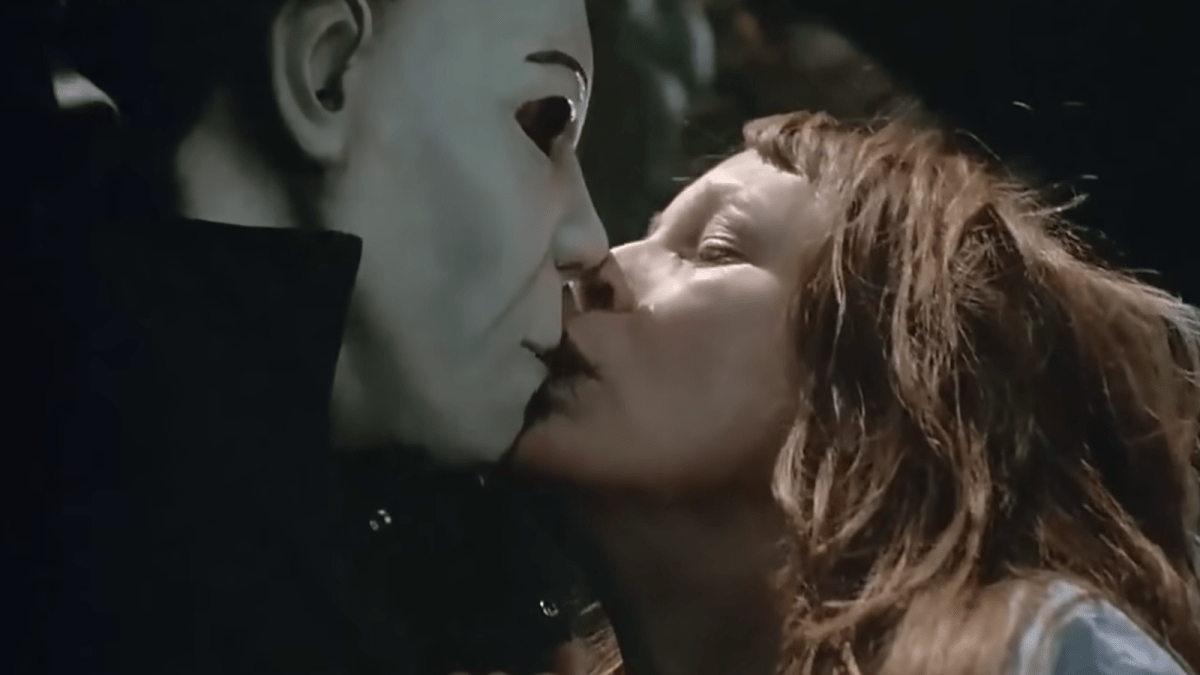For over five decades, immortal essence Michael Myers has been terrorizing the town of Haddonfield — namely, Laurie Strode and later, his niece Jamie Lloyd — in a variety of Halloween films through many separate timelines. The enthralling premise for films in the Halloween franchise are all roughly the same, and feature Myers maiming a plethora of unsuspecting victims that are in his destructive path.
Myers’ unpredictable journey began in John Carpenter’s 1978 masterpiece titled Halloween, and eventually spawned twelve films in total that continued to follow Myers’ methodical warpath. While Halloween did not kickstart the slasher sub-genre, it effectively changed the landscape of horror, with fans never growing tired of its nostalgic macabre and over-the-top kills.
With some movies good and some bad, here is our conclusive ranking of the Halloween movies, from worst to best.
12. Halloween 6: The Curse of Michael Myers (1995)
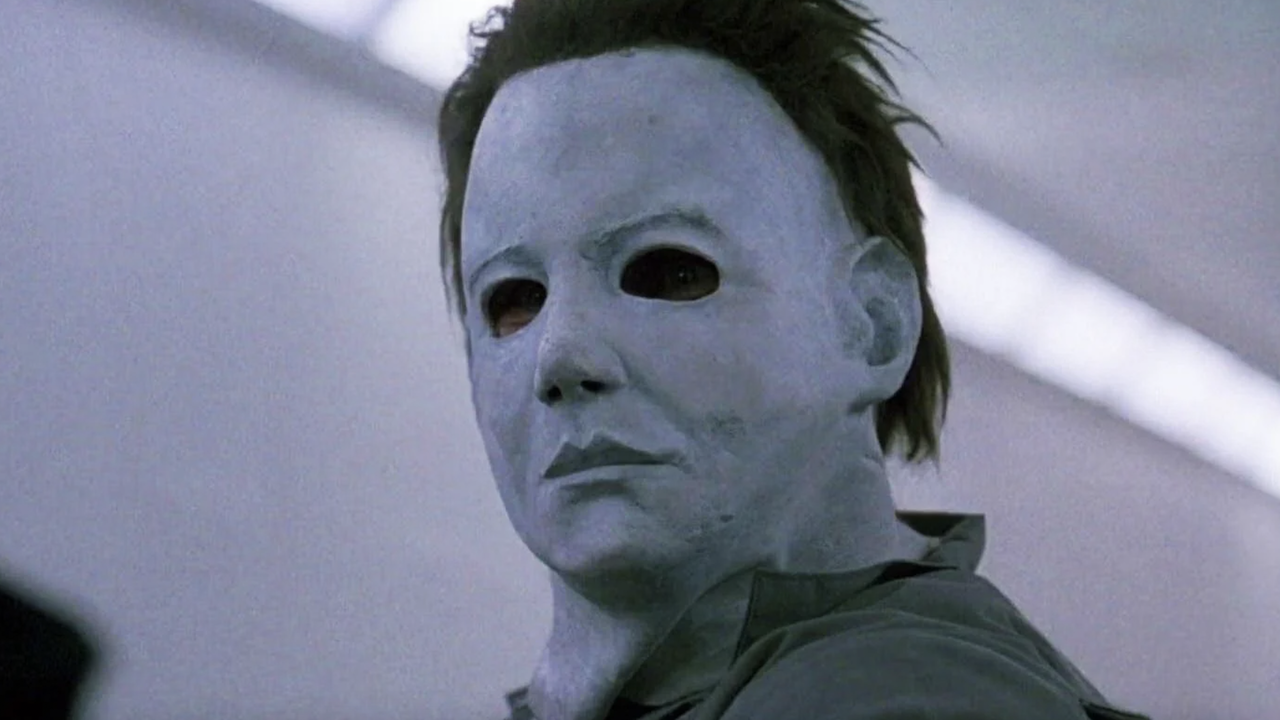
With Oscar-winning blockbusters like Misery (1990) and The Silence of the Lambs (1991) on the horizon, slasher movies became sequestered in favor of a new breed of horror. The Halloween franchise was notably losing touch with audiences, which proved to be true when Halloween 6 bombed at the box office while being simultaneously blasted by critics.
The messy inclusion of the “Cult of Thorn” subplot drastically changed the franchise’s overall appeal, where it then began to rely solely on unnecessary violence rather than the significance of Michael Myers as a psychopathic killer. Its choppy narrative and cheap violence places it at the bottom of the list, where even Paul Rudd’s performance couldn’t save it.
11. Halloween: Resurrection (2002)
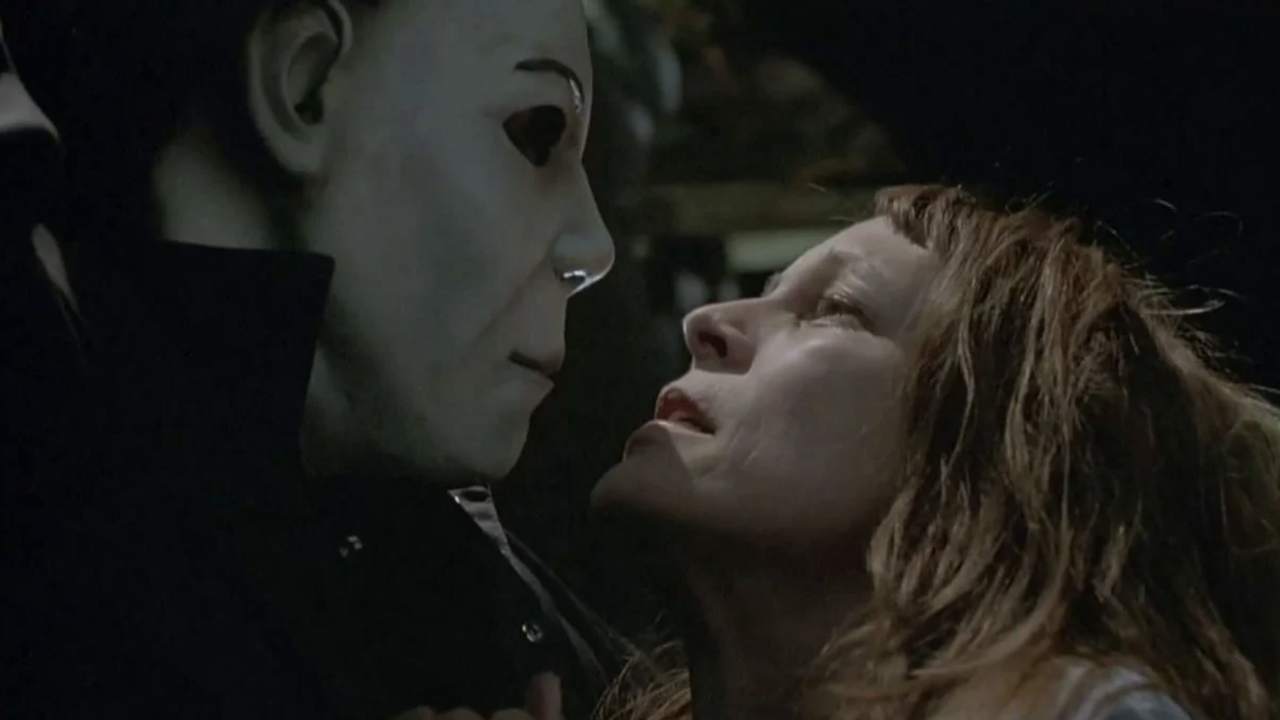
After Jamie Lee Curtis made her sought-after return to the legendary franchise in the previous installment, all of its magic immediately withered away when Halloween: Resurrection, well, resurrected the franchise from the ashes. An incoherent premise features Busta Rhymes in an online influencer role, where he looks to set up a reality show that includes a group of folks staying the night in the old Myers household.
Halloween fans are among the most honest in the entire genre — and it’s certainly no secret that Resurrection continues to be trashed by diehard fans. While it can be argued that a cult following has been established over the years, the truth is, another Halloween movie in this timeline just did not need to be made.
10. Halloween 5: The Revenge of Michael Myers (1989)
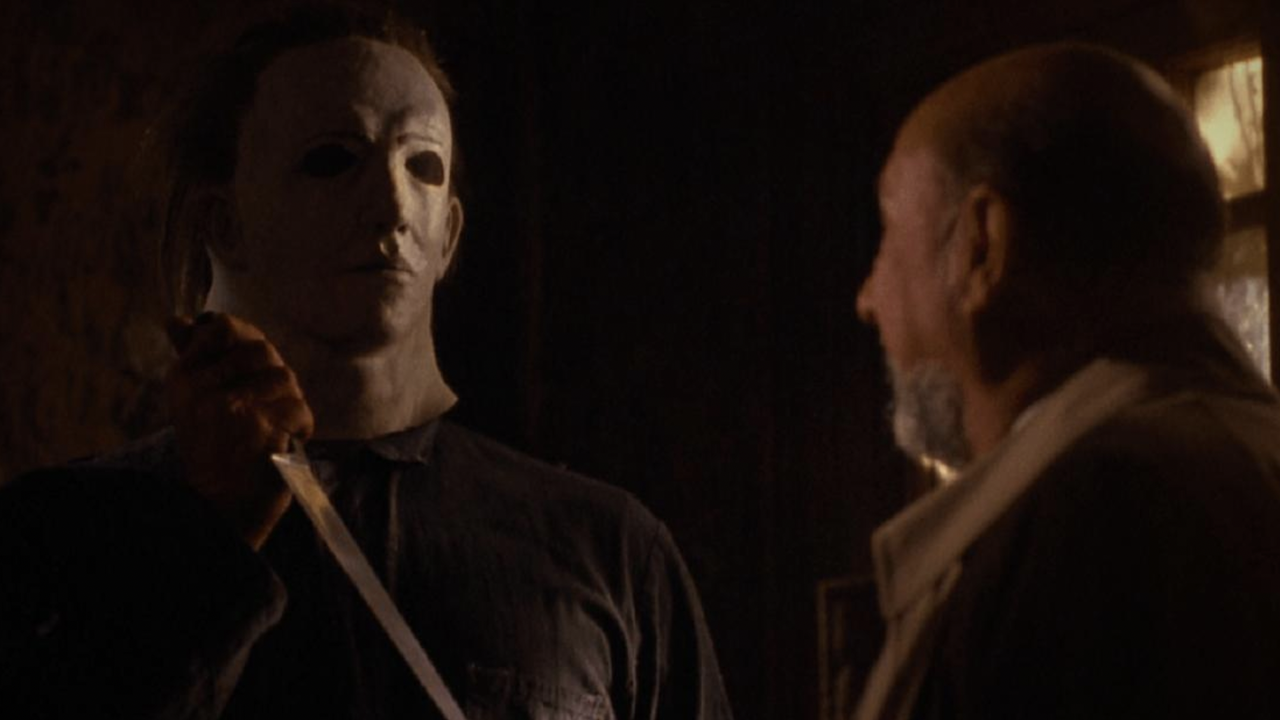
Following the success of Halloween 4, and the fourth film’s jaw-dropping cliffhanger, the franchise’s fifth installment aimed to further showcase the supernatural abilities that connect Michael with his niece Jamie. The movie also featured one of Michael Myers’ worst masks, and while not as bad as his undisputed franchise-worst in the sixth movie, it’s still pretty bad.
Although the film contains a few bland moments and often struggles to find its footing early on, it’s chock-full of grisly kills at the hands of Myers, and Danielle Harris’ spectacular performance as Jamie Lloyd prevents the movie from sitting at the bottom of the list.
9. Halloween II (2009)
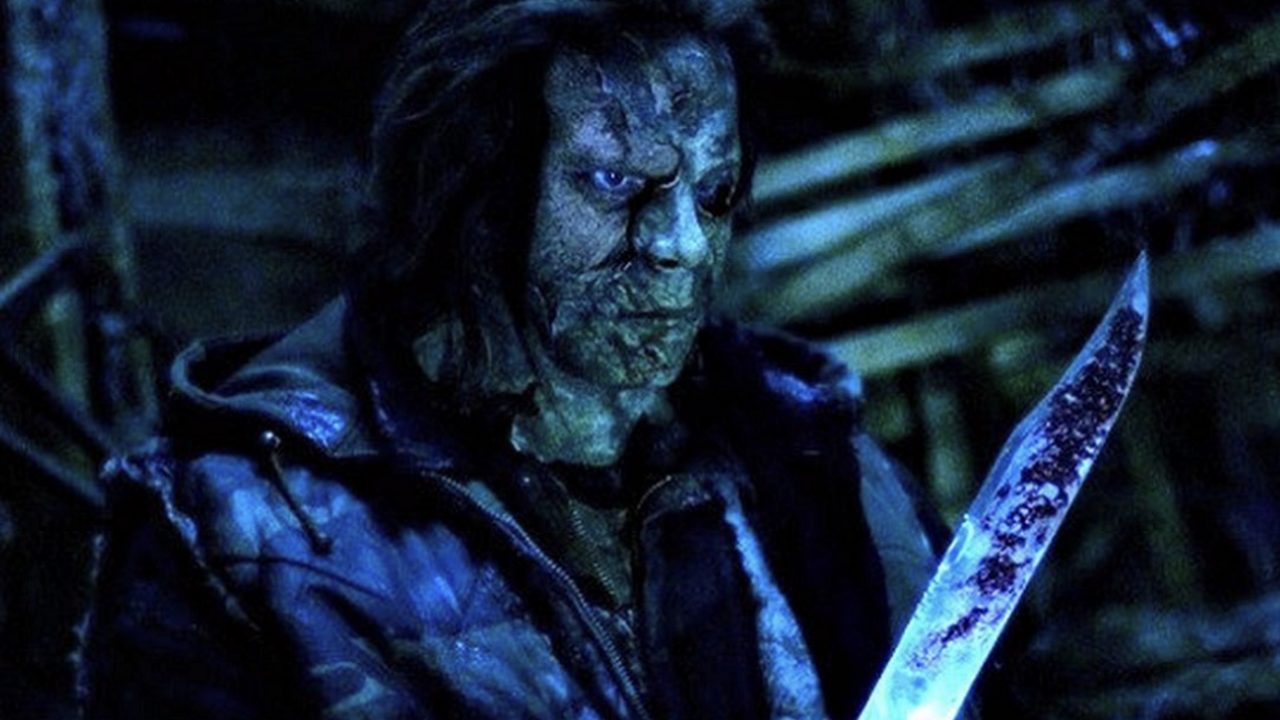
Halloween fans are extremely divided when it comes to Rob Zombie’s unorthodox reimagination of the iconic franchise. While a plethora of folks jump to defend Zombie’s outlandish approach to presenting Michael as a ruthless monster, others are just as rabid to slander its gruesome violence, ridiculous plot points, and gut-wrenching moments.
While Zombie’s first Myers-inspired movie received a variety of backlash, the sequel caused even more mixed reactions. In the sequel, Malcolm McDowell’s bold take on Dr. Loomis is tragically shifted, Zombie’s image of Laurie Strode is misplaced, and a slew of unlikable characters eat up screen time. On the other hand, the sequel takes bold risks with its brutality, while including memorable performances from Tyler Mane and Brad Dourif. While it’s certainly not the best, it definitely stands as one of the most unique.
8. Halloween Kills (2021)

David Gordon Green’s reboot trilogy will premiere its conclusion this year with Halloween Ends, but before evil possibly dies for good, folks witnessed Michael’s unruly destruction in the town of Haddonfield in Halloween Kills. After the events in the first chapter, Laurie is confined to a hospital where doctors tend to her wounds while Michael runs amok on a variety of townsfolk.
Halloween Kills truly serves as a bloodier, more violent sequel to Green’s initial slasher film. Michael is undoubtedly meaner in his behavior and on a mission to put an end to Laurie Strode for good. And while the duo are not siblings in this timeline of films, their bone-chilling encounters are just as explosive as the original timeline.
7. Halloween (2007)
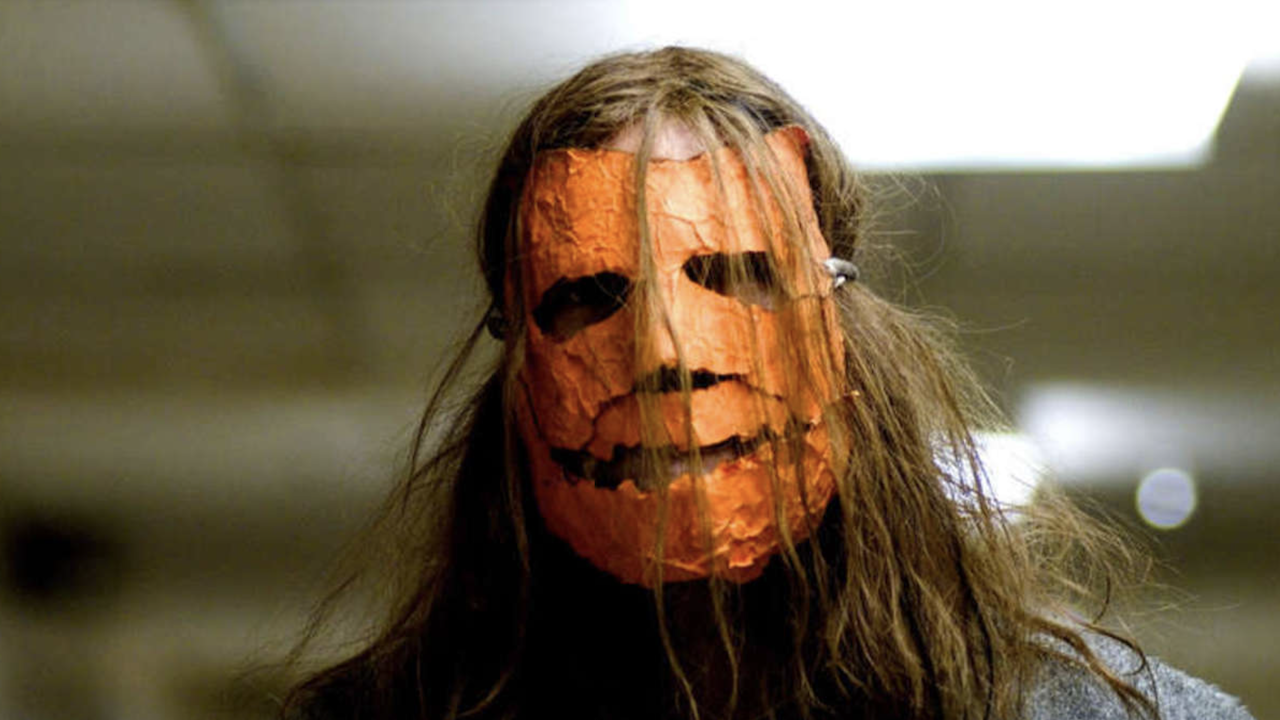
Rob Zombie’s aforementioned remake took a brutal, more realistic stance to share Michael Myers’ origin story. In the remake, Michael is surrounded by disinterested family members and inhabits in this horrifying interior that only grows into adulthood. Zombie’s version is incredibly different from Carpenter’s 1978 classic, where pacing, action sequences, and violence are unevenly matched in comparison to each other.
Disregarding the critics, Zombie’s Halloween provided a fresh, fun spin on a franchise that had been beaten to death with dull sequels. Plus, Tyler Mane’s towering performance as Michael Myers is enough on its own to inflict an unforgettable sense of fear that left audiences clamoring for more.
6. Halloween 4: The Return of Michael Myers (1988)
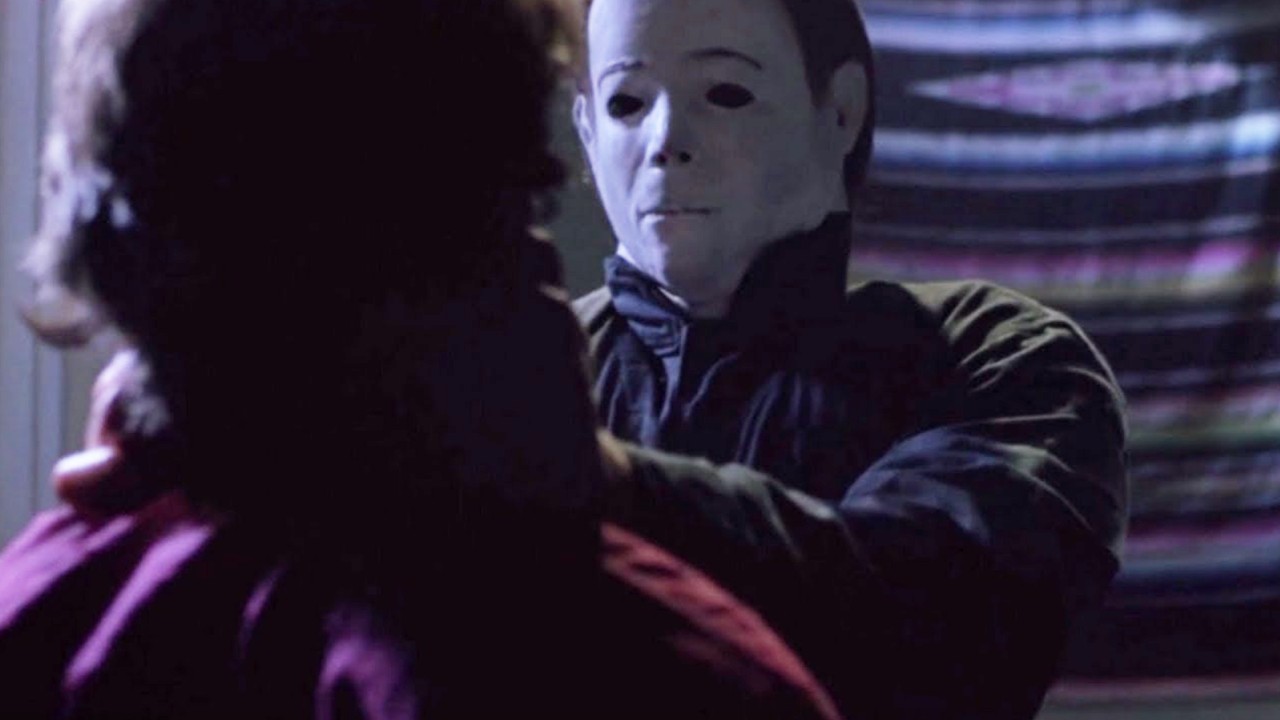
Before the string of laughable sequels, and after the plan to steer from Michael Myers failed miserably in Halloween III, Halloween 4 brought The Shape back to the silver screen with an emphatic strike. As the first film in the franchise to not include Jamie Lee Curtis in the lead role, Halloween 4 had a lot to prove.
Instead, Danielle Harris provided a relatable portrayal of Laurie’s daughter Jamie Lloyd that established her as one of the most beloved characters in the franchise. As Jamie proves herself to be a worthy protagonist, her connection with Michael is hinted to run deeper than what is presumed. As a result, Halloween 4 became one of the better sequels in the franchise.
5. Halloween III: Season of the Witch (1982)
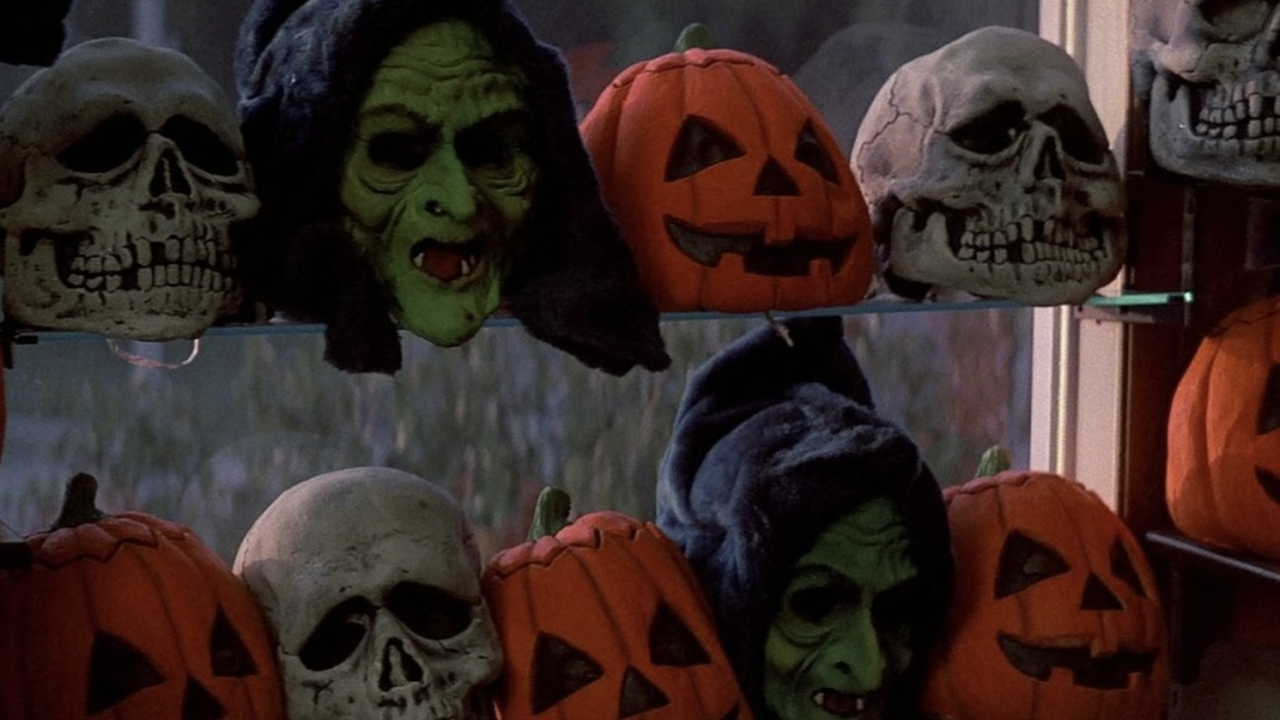
John Carpenter and Debra Hill intended to make Halloween an anthology series, where a new horror story would be the focus every few films. Seeing as Michael Myers was presumed dead at the end of Halloween II, the perfect chance to hatch an anthology series soon presented itself.
In Halloween III, a coven of witches reign supreme by using various Halloween decorations to persuade children, with plans of sacrificing these beings in a pagan ritual. It’s campy and full of stereotypical Halloween themes, but the film has garnered a strong cult following over the years for these very reasons. Michael Myers is nowhere to be seen, but the Halloween nostalgia is alive and well in the franchise’s third installment.
4. Halloween H20: 20 Years Later (1998)
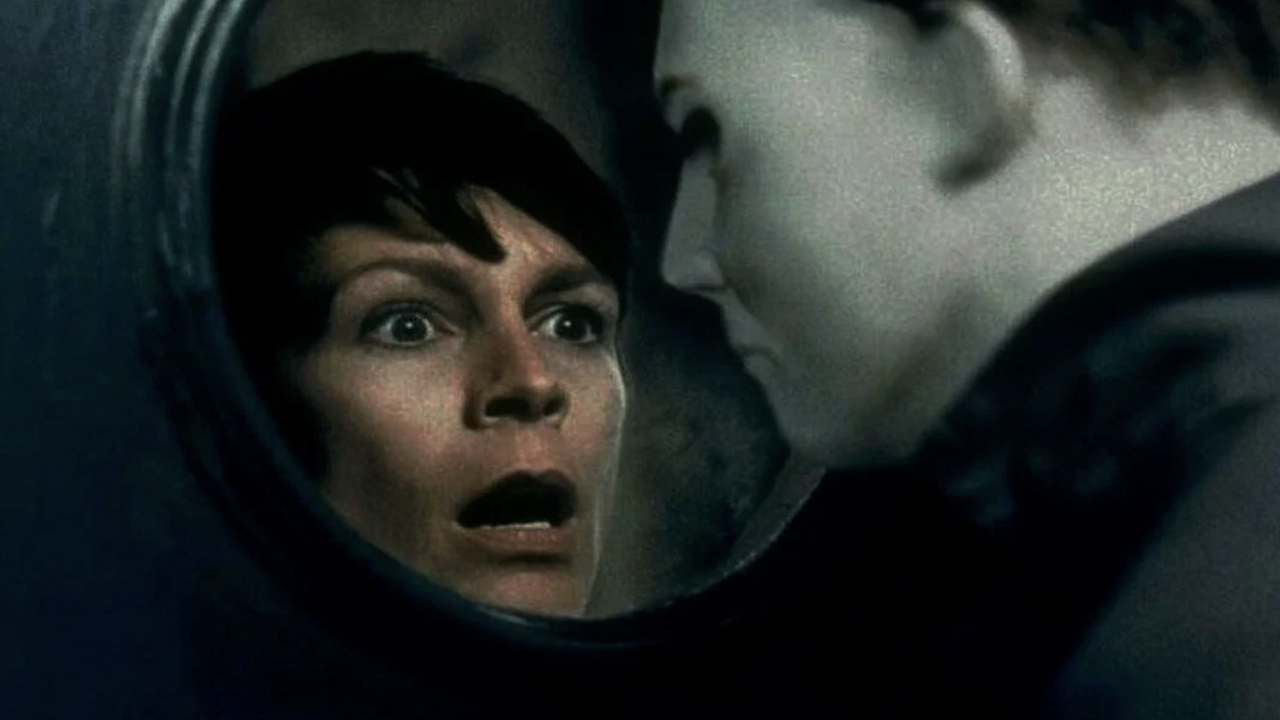
After Jamie Lee Curtis’ absence from the franchise for nearly two years, she hatched a plan to present to Carpenter and Hill for a new sequel that would explore where these beloved characters were 20 years on. Curtis was given the green light, and the magic of Laurie vs. Michael would once again be returning for a feature film. H20 features Laurie living under a new name in a witness protection program, although she is still haunted by memories of her brother.
H20 serves as a strong sequel and ranks in as easily one of the most favorable installments in the classic film series. Jamie Lee Curtis gives a kick-ass performance as Laurie Strode, and the chemistry between Curtis and Chris Durand (Myers) reminded fans of the magic of the original.
3. Halloween II (1981)
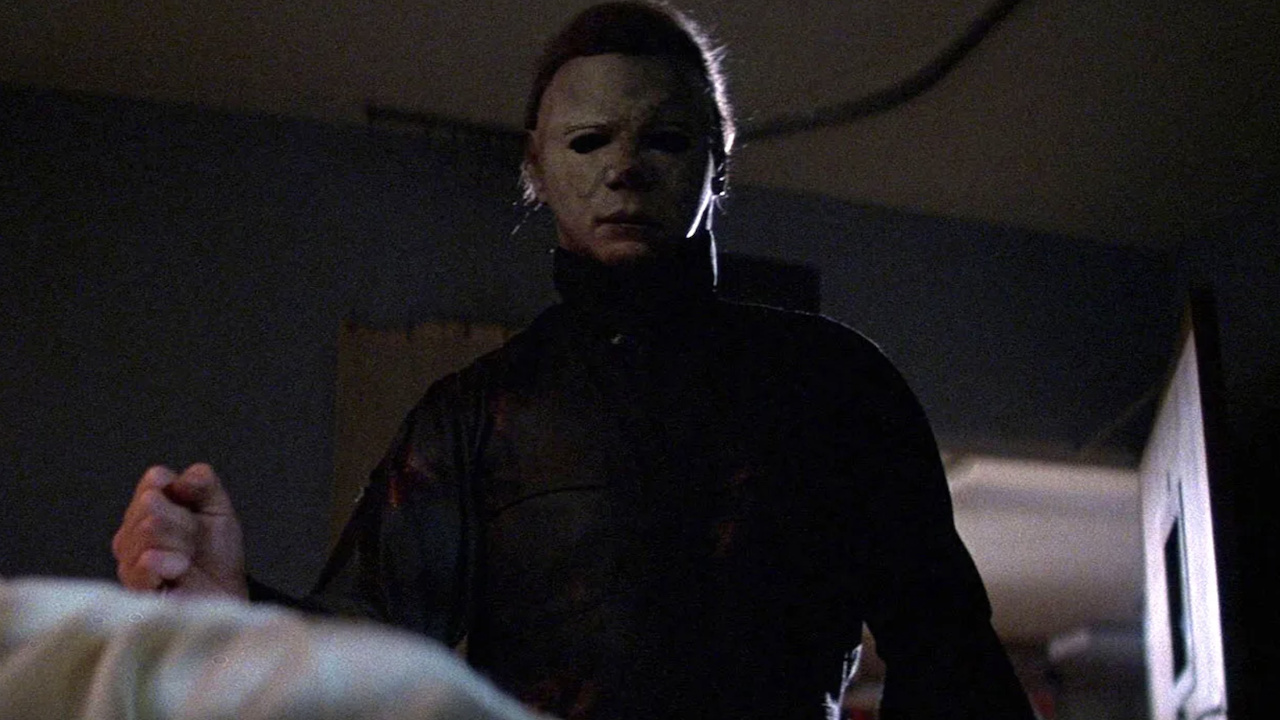
There is perhaps no better sequel in horror than Halloween II, which serves as a deadly follow-up to Carpenter’s initial movie. In the sequel, Michael Myers is more deadly than ever as he follows Laurie Strode to a local hospital after the events of the 1978 classic. Unlike many other sequels in horror, Halloween II exceeds expectations by creating a gorier, deadlier representation for Myers with much better kills than its predecessor.
Halloween II helps to build the tension between Strode and Myers that Carpenter originally created, where fans discover that Laurie is actually related to Michael, which further catapults Curtis into a strong lead role once more after her success in Halloween and Prom Night.
2. Halloween (2018)

David Gordon Green’s acclaimed trilogy received a warm response upon release, and truthfully, it helped to revitalize a dead franchise that was soaked in less-than-favorable sequels. Rather than keeping the sequels as cannon, Green — alongside co-writer Danny McBride — decided to exclude all films except for the 1978 original.
Unlike the original franchise’s first film and sequel, Curtis’ Strode is a lot more balanced and educated about protecting herself from a deadly force like Myers. Interestingly, Gordon and McBride decided to steer away from Myers and Strode being related, and instead kept Michael as a psychopathic killer that wants to finish what he started decades ago. In the end, all worked out, and the successful first entry sparked a deliciously-fun reboot trilogy that fans will be talking about for years to come.
1. Halloween (1978)
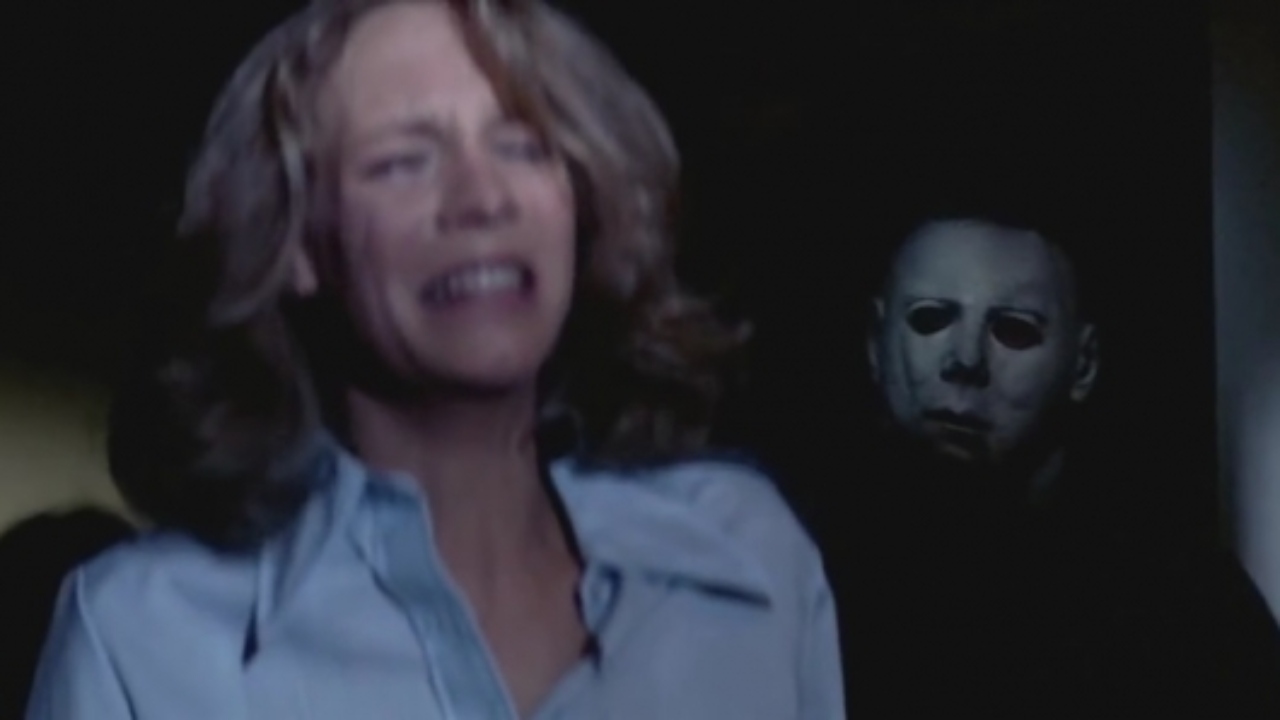
It’s true, you just can’t beat the original. John Carpenter’s Halloween completely reinvigorated the slasher genre and introduced audiences to one of horror’s most infamous villains. Halloween is truly a fascinating gem in the realm of cinematic horror; with its pacing, storytelling, and memorable characters helping to establish the film as a sleeper hit upon its release back in the late ‘70s.
The most intriguing aspect about the original Halloween is the overall fearful impact that is created — a masked madman with a butcher knife that slaughters teenagers in a relatively quiet small town is enough to make anyone afraid. Combine that with the picture that Carpenter painted of Myers — specifically, being the embodiment of evil with no remorse for others — and it’s no wonder the film spawned a successful horror franchise.

